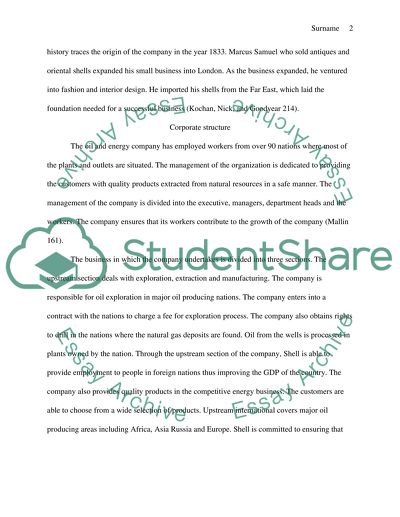Cite this document
(“History of Shell Energy and Oil Company Term Paper”, n.d.)
History of Shell Energy and Oil Company Term Paper. Retrieved from https://studentshare.org/finance-accounting/1403148-shellenergy-oil-company
History of Shell Energy and Oil Company Term Paper. Retrieved from https://studentshare.org/finance-accounting/1403148-shellenergy-oil-company
(History of Shell Energy and Oil Company Term Paper)
History of Shell Energy and Oil Company Term Paper. https://studentshare.org/finance-accounting/1403148-shellenergy-oil-company.
History of Shell Energy and Oil Company Term Paper. https://studentshare.org/finance-accounting/1403148-shellenergy-oil-company.
“History of Shell Energy and Oil Company Term Paper”, n.d. https://studentshare.org/finance-accounting/1403148-shellenergy-oil-company.


